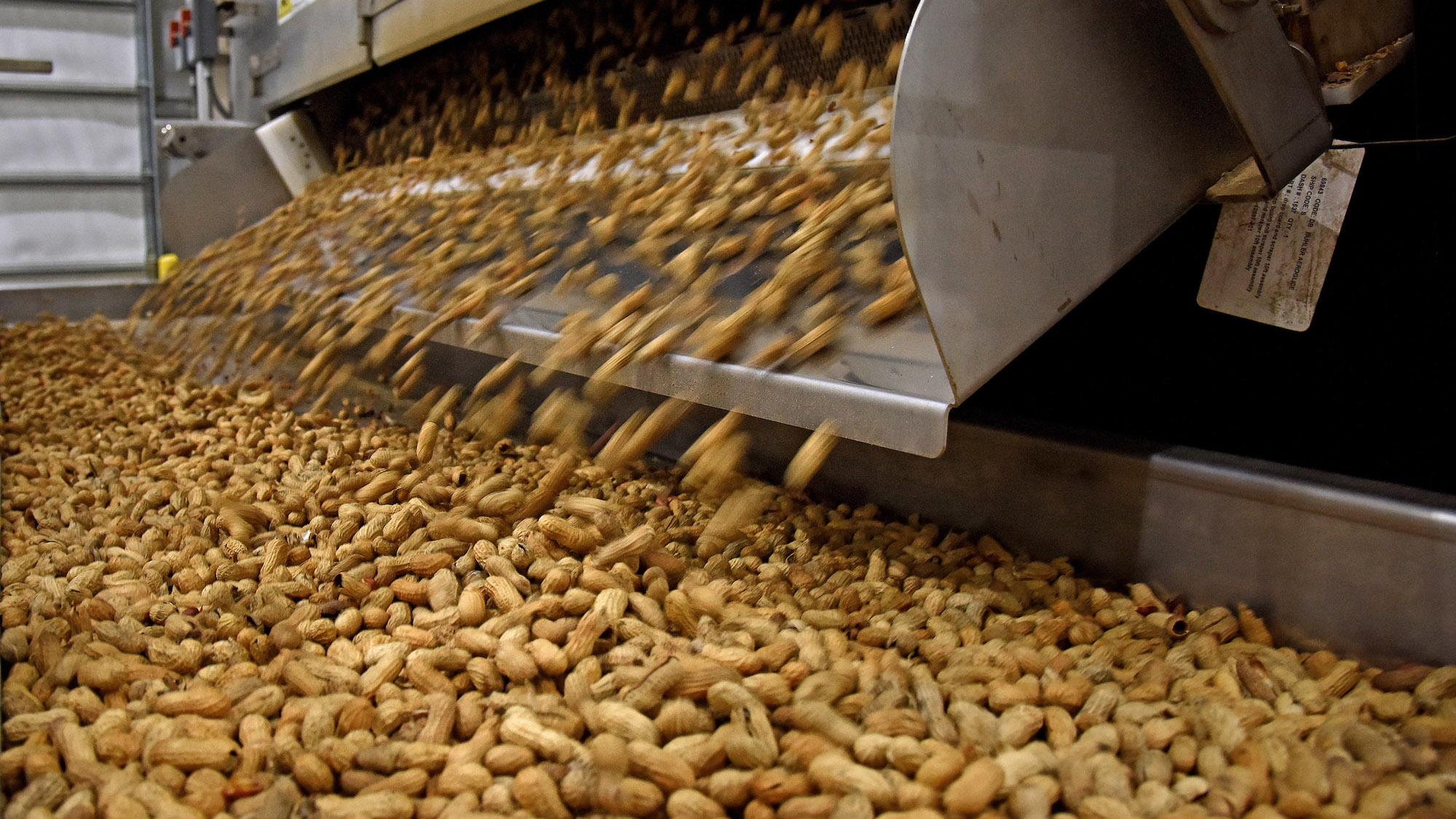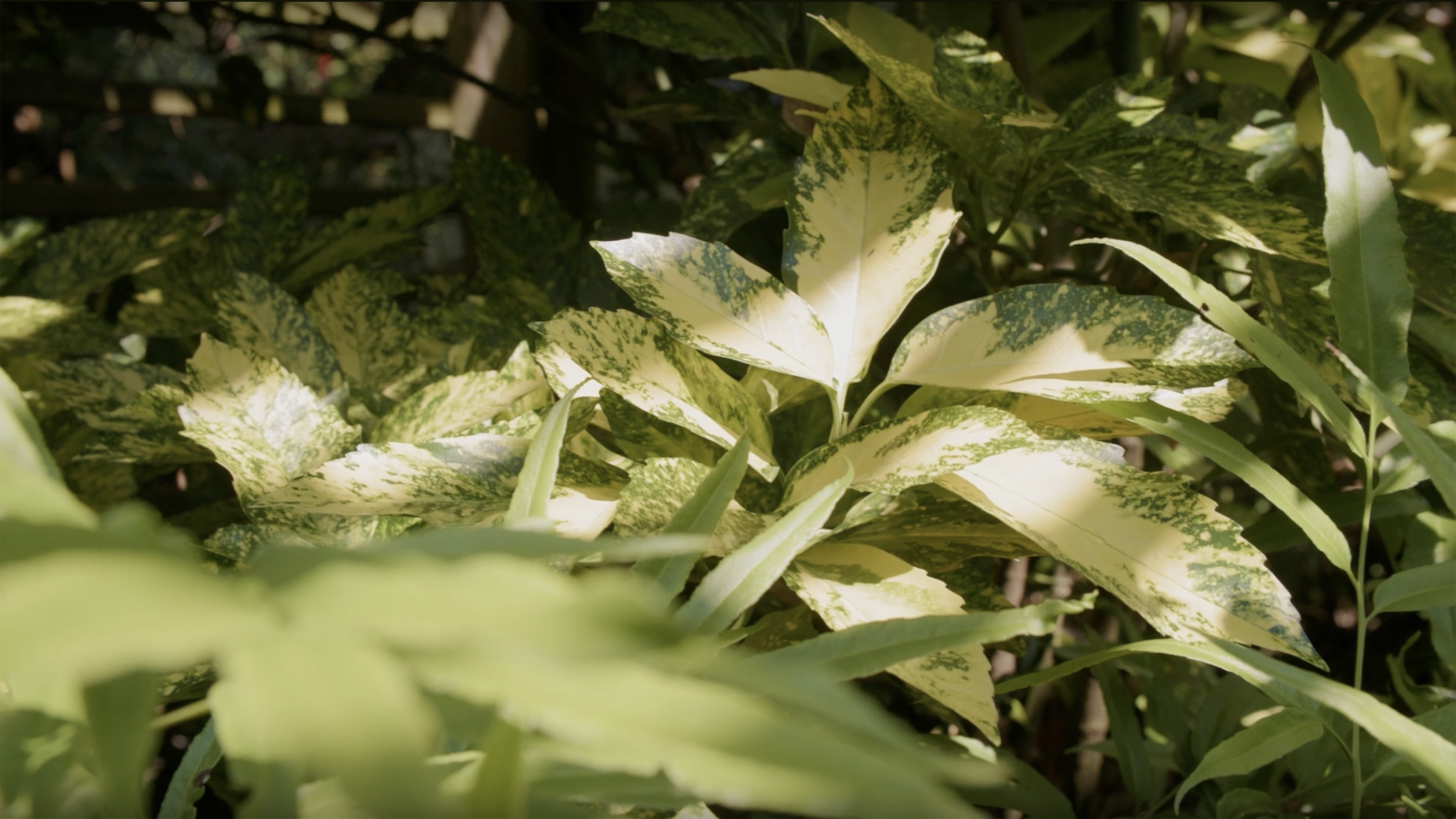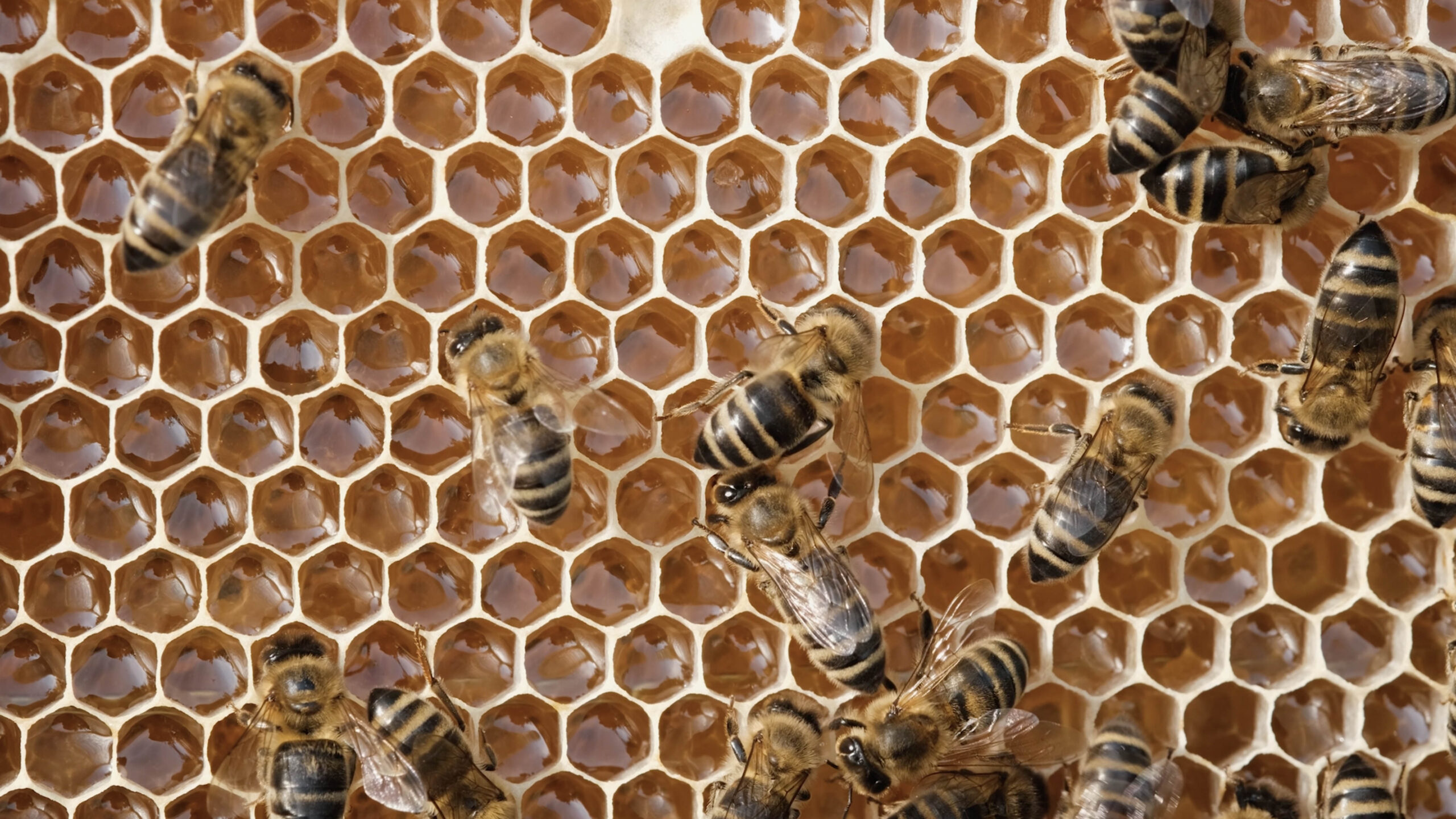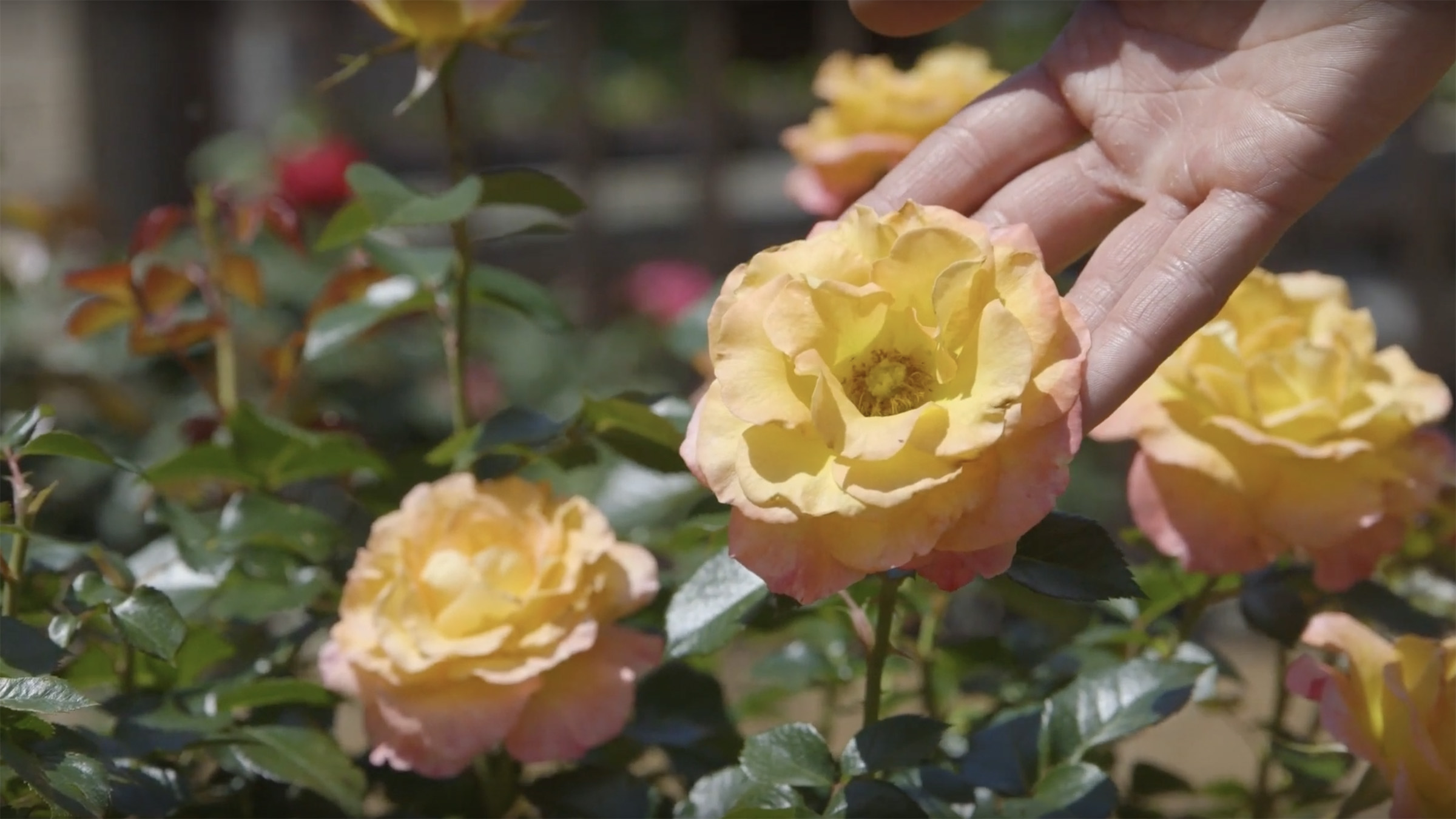Have you ever enjoyed a sunny summer afternoon shelling peanuts at a ballgame? What about those salted cocktail peanuts you find at the grocery store? Or maybe you’re a connoisseur of pre-shelled gourmet peanuts?
As it turns out, any in-shell or cocktail peanut products you may come across, regardless of where you are in the country, likely were grown in North Carolina.
North Carolina ranks No. 5 in U.S. peanut production, growing enough peanuts each year to make nearly 4 billion PB&J sandwiches.
Among the ranks of proud peanut producing states, North Carolina comes in at No. 5 nationally, growing more than 440 million pounds of peanuts valued at roughly $100 million annually. With that many peanuts, you could make about 3.9 billion peanut butter sandwiches. Hope you have enough jelly!
Most of the peanuts grown in and around North Carolina are the Virginia market type, which is the largest and crunchiest of all peanut types grown in the U.S. As you may have guessed, this is how the variety got its name — 90% of the Virginia market type peanuts grown in the U.S. are grown in Virginia and the Carolinas.
Lest you think the peanut is a one-trick pony, Dr. George Washington Carver, renowned researcher at Tuskegee Institute (now known as Tuskegee University), discovered over 300 uses for the peanut plant in the early 1900s, many of which still apply today. NC State University scientists like David Jordan, William Neal Reynolds Professor and Extension peanut specialist, are doing their part to continue that legacy and support our farmers.
And yes, he’s proud to work for peanuts.
If you’re not thirsty yet, try this Peanut Butter Yogurt Dip or a Peanut Butter and Apple Slices Sandwich from NC State’s Steps to Health and Med Instead of Meds programs, respectively.
Peanut Gallery
There are four types of peanuts produced in the U.S.:
- Runner — used primarily to manufacture peanut butter
- Spanish — rounder and smaller kernels used for snack nuts, peanut butter and confections
- Valencia — contain three to five kernels per shell and are used mostly in-shell for roasting and boiling
- Virginia market type — used mainly as snack peanuts and in-shell peanut products

Five Fun Facts
- Peanut butter, which by law must be 90% peanuts, is the leading use of peanuts produced in the U.S. (it takes 850 peanuts to make one 18-ounce jar of peanut butter).
- Botanically speaking, the peanut is a legume (like beans and peas), but it’s also considered a nut for culinary and nutritional purposes.
- Unlike other “nuts” that grow on trees, such as almonds or walnuts, peanuts grow underground.
- Half of the top 10 selling candy bars in the U.S. contain peanuts or peanut butter, and peanuts are the No. 1 snack nut consumed in the country.
- Scientists at NC State’s Plants for Human Health Institute have developed a food ingredient from peanut flour and other plant extracts that might one day help people with allergies to develop a tolerance for peanuts.
More Resources
- Categories:



